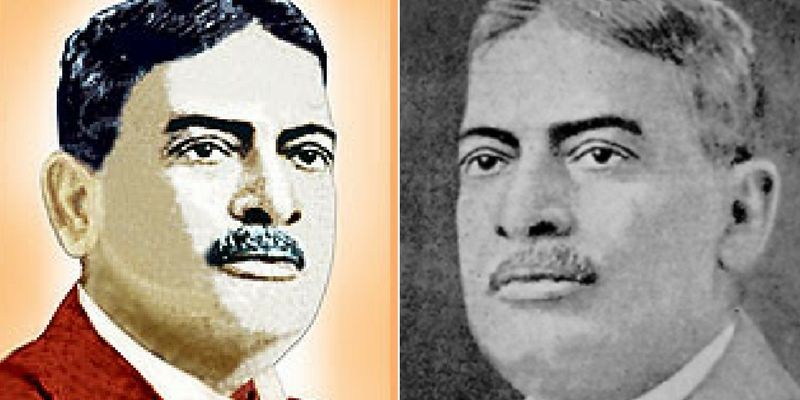Meet the scientist who almost got India its first Nobel Prize in Medicine in 1929
Indian scientist and medical practitioner Upendranath Brahmachari was behind the discovery of medicine for the Kala-azar disease or Visceral leishmaniasis. The medicine designed by him saved the lives of millions in India, earning him a nomination for Nobel Prize in 1929.

Born on December 19, 1873, in Burdwan district in West Bengal, Upendranath’s father was a physician in East Indian Railways, and his mother was a homemaker. He did his schooling from Jamalpur’s Eastern Railways Boys’ High School, and completed his BA in Mathematics from the Hooghly College in 1893.
Upendranath went on to pursue his Masters in Chemistry from Presidency College, Calcutta. He then got a degree in Licentiate in Medicine and Surgery, Doctor of Medicine (MD) and PhD in Physiology on red blood cell’s physiochemical properties from Calcutta Medical College.
Upendranath started his career at Provincial Medical Service in 1899, after which he was employed in the Dacca Medical School as a teacher of Pathology and Materia Medica, and a physician.
Campbell Medical School, now known as Nil Ratan Sircar Medical College and Hospital Calcutta, then appointed Upendranath as a teacher in medicine, and physician in 1905. It was in this phase that he conducted most of his research with respect to the Kala-azar disease, and synthesised Urea Stibamine medicine.
A disease originated in South Asian and Mediterranean countries, Kala-azar is transmitted via sand flies and exhibits symptoms like enlarged spleen and liver, anaemia and fever. The disease first came into Western doctors’ notice in 1824 in Jessore, India, which is now in Bangladesh. The first outbreak was reported in 1870 in Assam, and soon it spread to West Bengal and Bihar. Entire villages in Assam were wiped out because of this disease, causing major concern among doctors.
The doctors across the world were largely invested in finding a cure for it, but none of the medicines were able to reduce the death rate. Upendranath focussed his research on coming up with alternative strategies to curb the disadvantages.
Indian Research Fund Association gave him a grant in 1919 to further his research in discovery of medicine for the disease. Most of the research was carried out in a small, ill-equipped room in the Campbell Medical College, and he successfully synthesised the medicine Urea Stibamine. With this medicine, the mortality rate came down to seven percent by 1936 from 95 percent.
Upendranath received many awards throughout his career, including University of Calcutta’s Griffith Memorial Prize and Calcutta School of Tropical Medicine and Hygiene’s Minto Medal. He was nominated for Nobel Prize for Physiology and Medicine, once in 1929 and then 1942.
Do you have an interesting story to share? Please write to us at [email protected]. To stay updated with more positive news, please connect with us on Facebook and Twitter.











